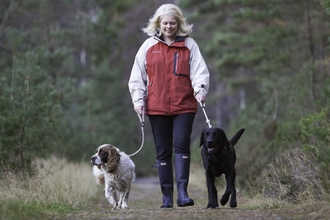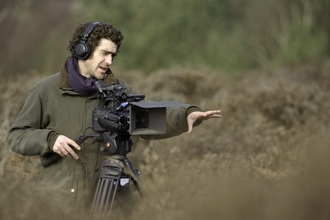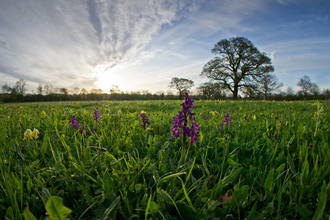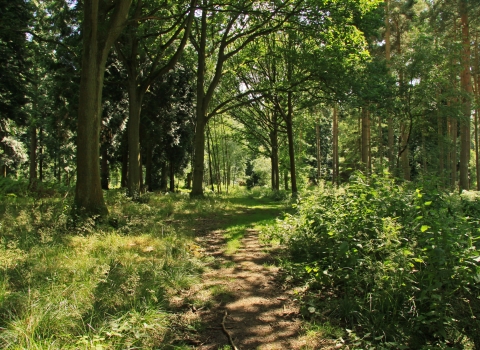Beaconwood and The Winsel by Sylvia Davies
Beaconwood and the Winsel
Know before you go
Dogs
When to visit
Opening times
Dawn to duskBest time to visit
All yearAbout the reserve
These beautiful woods on the edge of Birmingham are renowned for their stunning shows of bluebells each spring but there’s more to these 11 hectares than bluebells!
Part of the National Trust’s Chadwich Estate, they’re managed by WWT and are great for walking in all year round. They lie on the northwest spur of the Lickey Hills - Beaconwood was cleared and replanted with oaks about 120 years ago whereas plantations on the Winsel date from around 1930.
Spring is great for woodland flowers whereas a walk following a sprinkling of snow in winter is magical. Entering via a gate from the public footpath off the old A38, you’ll walk up the forester’s track passing beech and turkey oaks with an understorey of holly. As you walk the trees become more varied with whitebeam, cherry, sweet chestnut and mature conifers on the north slope. The Great Oak, planted as the marker oak at the junction of three forestry compartments, is around 250 years old.
The heavy leaf canopy and dense bracken provide ideal cover for a range of wildlife. Pied flycatchers, buzzards, kestrels, sparrow hawks, tawny and little owls, great spotted woodpeckers, tree creepers and other woodland birds can be found here. Volunteers keep an eye on the wildlife through the summer months, helping to ensure they have the peace and quiet to breed and raise their young.




